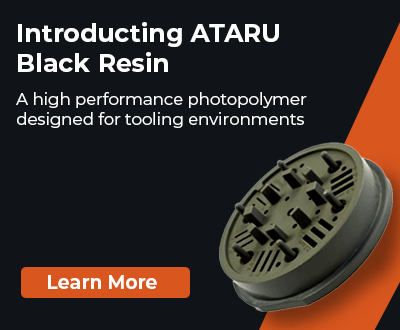3DExpress: Boeing Reduces Satellite Solar Array Production Time by 50% with 3D Printing
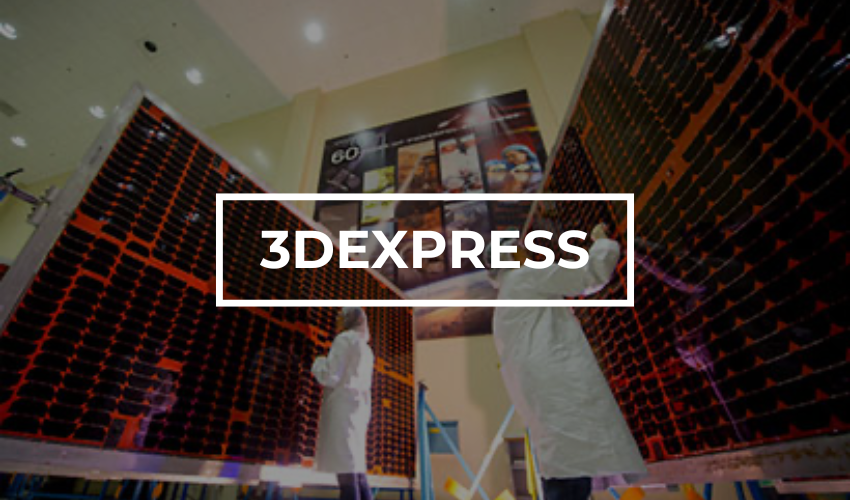
In this week’s 3DExpress, we are covering some positive industry news: first, Boeing reports that it is using 3D printing to create solar array substrates—a decision that will cut production time in half. Second, we touch on ORNL’s new research on ceramic additive manufacturing. Then, we will get into Meltio’s new AM facility in the US, Gemini’s new AI image editing software and the first Global AM Hubs Summit!
Boeing to 3D Print Solar Array Substrates for Space
Last week, Boeing announced its plans to advance satellite technology by 3D printing solar array substrates. This approach cuts build times by as much as six months, or nearly 50%, compared to traditional methods. The first of these 3D printed solar arrays will soon fly aboard small satellites built by Millennium Space Systems, incorporating high-efficiency solar cells from Spectrolab. All three entities are part of Boeing’s Space Mission Systems division, working in unison to streamline manufacturing and reduce complexity. By directly printing key structural features such as harness paths and attachment points into the solar array panels, Boeing eliminates the need for numerous parts and tooling steps, creating a more robust and easily integrated system. This process also enhances performance, reliability and scalability, from small satellites to Boeing 702-class spacecraft, and is targeted to reach the market in 2026. With over 150,000 3D printed components already integrated across its space and satellite platforms, Boeing is demonstrating how additive manufacturing can transform the aerospace industry. “As we scale additive manufacturing across Boeing, we’re not just taking time and cost out, we’re putting performance in,” said Melissa Orme, vice president, Materials & Structures, Boeing Technology Innovation. “By pairing qualified materials with a common digital thread and high‑rate production, we can lighten structures, craft novel designs, and repeat success across programs. That’s the point of enterprise additive, it delivers better parts today and the capacity to build many more of them tomorrow.”

Photo credit: Boeing
Ceramic Printing in Chemical Reactors
Researchers at Oak Ridge National Laboratory (ORNL) recently published a paper in the journal Ceramics International that is particularly interesting for 3D printing. In the study, the researchers combined binder jetting with an advanced post-processing method to produce ceramic components that do not allow any liquids to pass through in end products. Ceramics have proven to have very good properties for withstanding extreme conditions, but until now, the technology has been difficult to scale. With their innovative study, ORNL is now killing two birds with one stone—they are combining the unique properties of ceramics with a scalable 3D manufacturing method that produces smaller ceramic parts, which are then joined together to form larger components. The technology is intended to be used in the future, particularly for chemical reactors. Trevor Aguirre, a researcher with the ORNL group, says: “Ceramic 3D printing allows fabrication of intricate and high‐performance components that are difficult to achieve with traditional manufacturing methods. This advancement provides a validated methodology to produce high‐quality components—and enable the development of next‐generation reactors.”
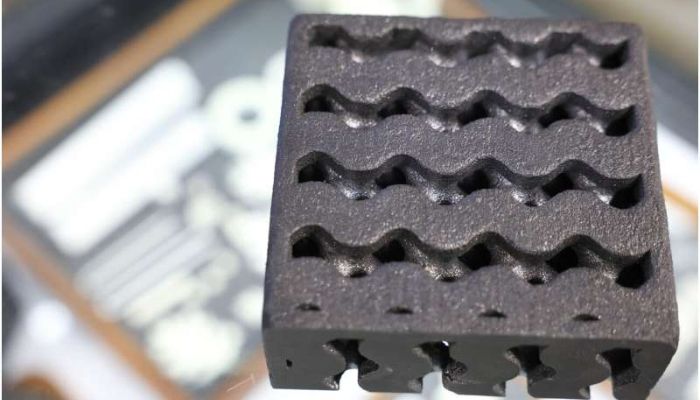
Photo credit: ORNL
Meltio Opens Its First Additive Manufacturing Center in the US
Meltio and its US distributor Fastech announce the opening of the first metal additive manufacturing reference center in Virginia, with a launch event scheduled for October 14, 2025, under the slogan Ready for Action: accelerating readiness, sustaining the future. This center will enable US industries to print metal parts using Meltio’s Blue Laser technology, applied to sectors such as defense, aerospace, automotive, mining, and oil and gas. During the event, Meltio will showcase its M600 metal 3D printer, the Meltio Robot Cell, and its latest solution, the Meltio Engine Blue. The Linares-based company has already validated projects with high-profile clients such as ExxonMobil, the US Navy, and Siemens Energy. With the new center, Meltio will strengthen its presence in the United States through solutions for critical repairs, on-demand production, and maintenance of strategic supply chains.
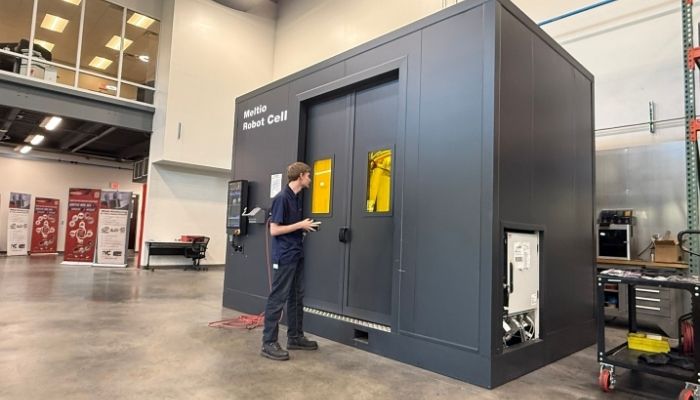
The Meltio Robot Cell system at the facilities of its distributor Fastech. (Photo credit: Meltio)
Gemini Launches “Nano Banana,” a New AI Image Editing Feature
You’ve probably heard about the inclusion of Nano Banana in Gemini. This advanced feature expands the image editing capabilities within its platform. The tool allows users to transform photos creatively. From changing backgrounds or styles to modifying details of people, objects, or scenes. The new feature has not gone unnoticed in the 3D community. Nano Banana has gained popularity for converting photos into “collectible figure” representations with realistic finishes, as if they had been created in programs such as Tinkercad, Fusion 360, Blender, etc.
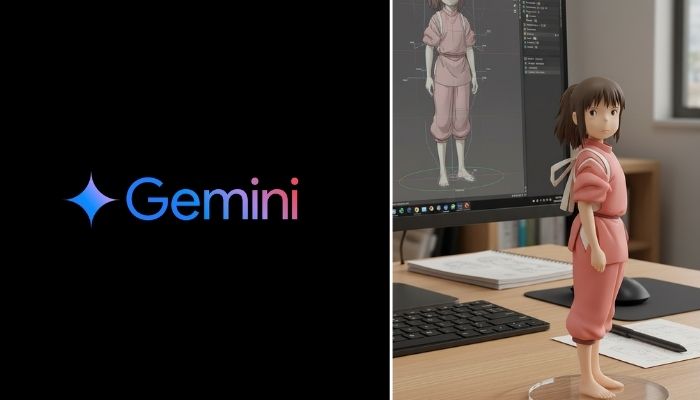
Photo Credit: 3Dnatives
Barcelona Hosted the First Global AM Hubs Summit
From September 16 to 18, 2025, Barcelona hosted the Global AM Hubs Summit, organized at DFactory and supported by the Consorci de la Zona Franca. The first edition of this event brought together 26 additive manufacturing hubs and organizations from 16 countries, including Austria, the Netherlands, Germany, France, Sweden, Turkey, and Spain, with the aim of strengthening the adoption of and collaboration around these technologies. The meeting combined an exhibition area showcasing the latest developments in the sector with round tables and conferences attended by 48 experts and industry leaders. It also served as the setting for the launch of (Add)liance, the new European alliance aimed at establishing a common framework for cooperation in additive manufacturing. The summit concluded with technical visits to two leading figures in the Catalan ecosystem: the HP AM Solutions Center of Excellence in Sant Cugat and the CIM UPC.
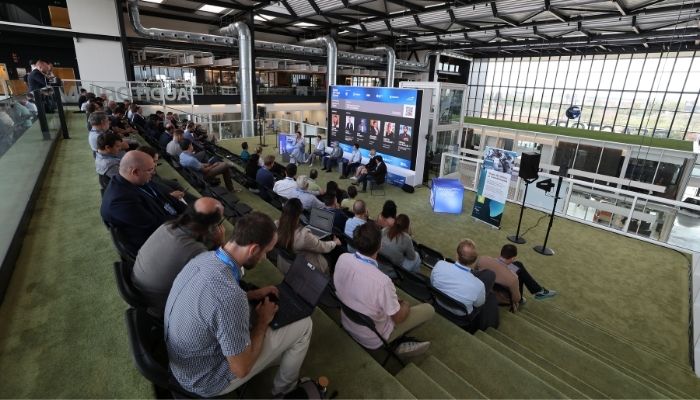
The Global AM Hubs Summit brought together 26 European additive manufacturing hubs in Barcelona. (Photo credit: Consorci de la Zona Franca de Barcelona)
What do you think of Boeing 3D printing solar array substrates? Let us know in a comment below or on our LinkedIn or Facebook pages! Plus, don’t forget to sign up for our free weekly Newsletter to get the latest 3D printing news straight to your inbox. You can also find all our videos on our YouTube channel. For more 3D printing news in the aerospace and defense sectors, check out our dedicated page HERE.
*Cover photo: Examples of large solar panels from Spectrolab. Credit: Spectrolab






